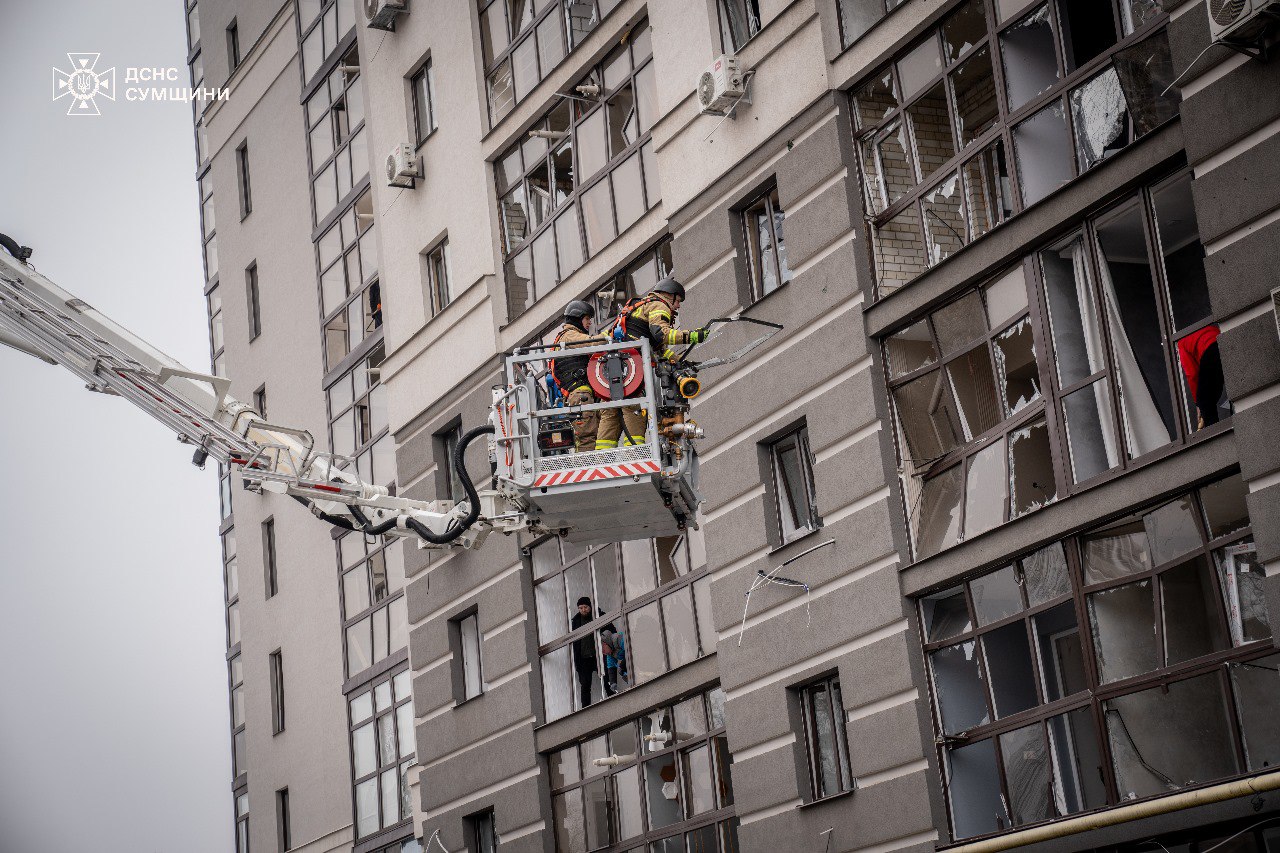Russia has confiscated or is preparing to confiscate at least 25,000 residential properties in occupied Ukrainian territories, Le Figaro reported, citing documents, testimonies, and open sources.
While initial months of occupation focused on seizing enterprises and state property, occupiers now target Ukrainian homes. Over three and a half years, Moscow has conducted a systematic confiscation campaign aimed primarily at property belonging to millions of Ukrainians who fled combat zones, according to the publication.
Houses not appearing in Russian land registries are designated "ownerless property," Le Figaro explains. In reality, these are homes belonging to Ukrainians who either fled under duress or were killed.
Once property is deemed vacant, Ukrainians have 30 days to appear personally before occupation "authorities" with a Russian passport to prevent confiscation. If the owner fails to appear within three months, confiscation is formalized by "court" decision.
Analyzing documents published by occupation "administrations," the newspaper identified nearly 25,000 houses Russia considers "ownerless" in Luhansk, Donetsk, Zaporizhzhia, and Kherson oblasts, meaning they are "subject to confiscation." This figure is lower than the actual total—in Crimea alone, occupied since 2014, the UN has documented 5,516 properties confiscated over 10 years.
Experts estimate tens of thousands of houses and apartments have been seized in occupied territories.
"This doesn't only concern pro-Ukrainian residents. Everyone is a target [...] Under the guise of a bureaucratic 'formalization' procedure, large-scale confiscation is being carried out. This is a cruel, planned, and widespread process," said Vera Yastrebova, director of the Eastern Human Rights Group, whose apartment in Debaltseve was occupied by Russian soldiers.
Moscow first tested this strategy in Crimea. Since 2014, it has issued numerous decrees on nationalization, expropriation, and confiscation, culminating in a March 2020 decree by Russian President Vladimir Putin prohibiting "foreigners" from owning property there. The number of foreign owners dropped to 5,500 in January 2024, compared to 13,859 four years earlier.
"Crimea became a testing ground. Moscow tested its tools there before applying them to newly occupied regions," emphasized lawyer Mykyta Petrovets of the Regional Center for Human Rights.
In Mariupol, Le Figaro identified at least 13,000 homes—predominantly apartments—confiscated by Russia. "Some settlements in occupied territories are more desirable than others," the publication notes.
These include Enerhodar near the Zaporizhzhia Nuclear Power Plant, apartments in central Donetsk, the mining town of Brianka in Luhansk region that has become a Russian army logistics center near the front line, and the resort of Kyrylivka.
Ukrainian homes now house not only security service agents, military personnel, and occupation "officials," but also civil servants from Russia attracted by higher salaries.
The longer this policy continues, the more it complicates prospects for future de-occupation, Le Figaro notes.
"Imagine if this happened: I come home, open the door, and see Russians who tell me they paid, that they took out a loan, and that it's now their house... What then?" asks Yastrebova.
In Melitopol, on Hetmanska Street—renamed Lenin Street by occupiers—Russians published an expropriation notice for one apartment on May 24, 2024. It is not alone: 78 other apartments in the nine-story building face the same fate. In one small section of the city, at least 1,080 apartments or houses are affected. More than 3,000 homes in Melitopol alone are targeted, and 5,000 in the partially occupied Zaporizhzhia Oblast.




